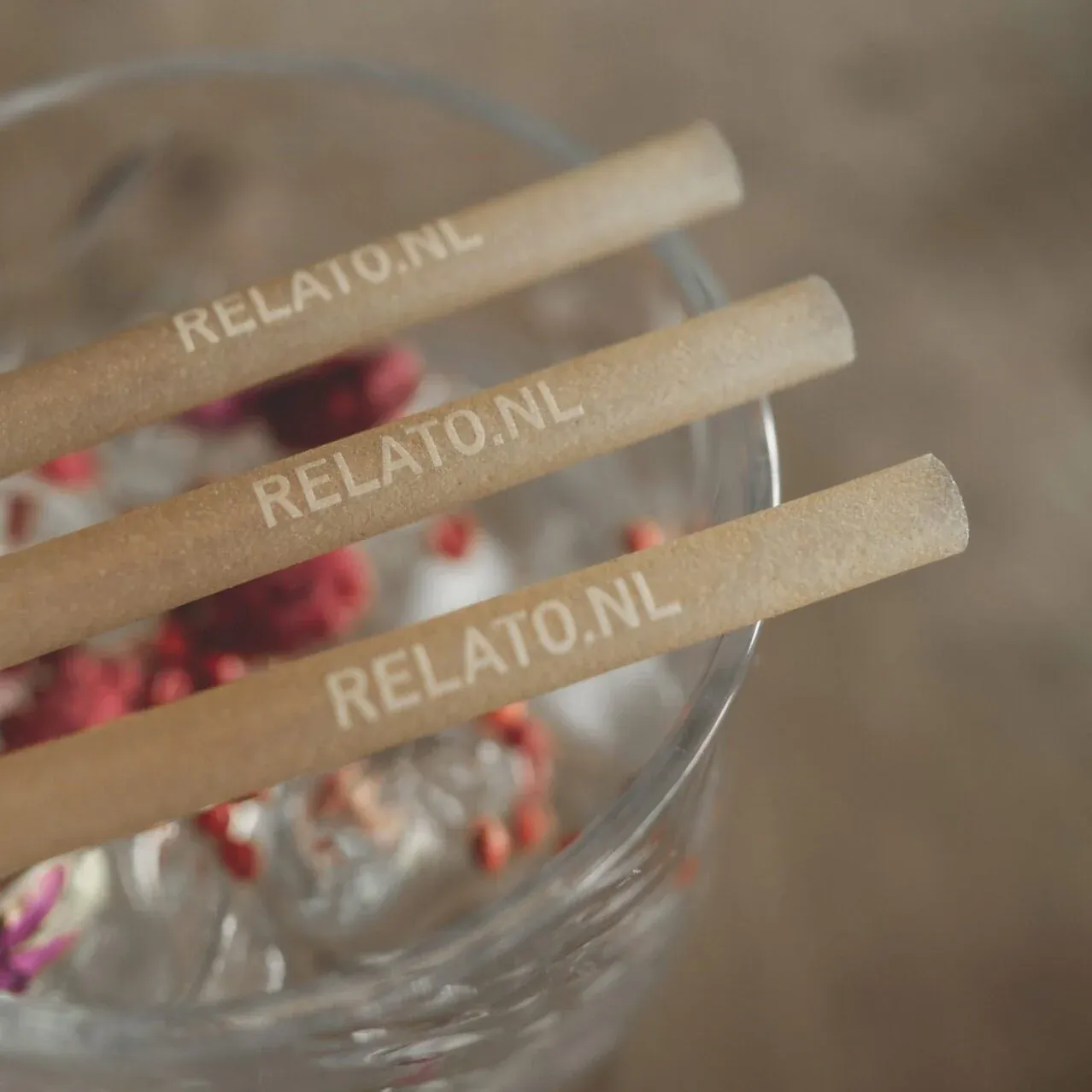Key Points
- 100% bio-based PLQ made from wheat residual streams (cellulose, hemicellulose, lignin, fatty acids, gluten proteins).
- Drop-in processing: scalable on twin-screw extrusion and standard injection moulding.
- Compostability: ~12 weeks in industrial settings; 6–9 months home composting, varying by geometry, conditions, and formulation.
- Performance: moisture/heat resilience; PS-like strength using natural coatings and reinforcing fibres.
- Compliance track: EN 13432, ASTM D6400/D6868, EU food-contact; REACH/SVHC; OK Compost & FDA migration in progress.
Full Interview with CYCLUPS
1. PLQ is derived from wheat-based residual streams. Could you elaborate on the specific components of wheat utilised in PLQ, and how these contribute to its mechanical properties and compostability?
PLQ is a 100% bio-based compound derived from wheat residual streams. The main components include cellulose fibres from wheat straw, which give the material rigidity and structural stiffness. Hemicellulose and lignin enhance thermal stability and moisture resistance, while fatty acids and gluten-derived proteins act as building blocks in the production of bio-based polymers like PHA. These components are blended with natural plasticisers and compatibilisers to ensure that PLQ achieves the strength required for disposables, while remaining fully compostable.
2. In developing PLQ, what were the primary technical challenges encountered in achieving a balance between material strength and biodegradability, and how were these addressed?
The development of PLQ had to address the classic conflict: fast degradation typically reduces mechanical strength. To solve this, the team experimented with blending different ratios of lignocellulose and cellulose fibres alongside proprietary additives. One major hurdle was water sensitivity, common in wheat-based materials. This was tackled by using natural coatings and copolymers that boost hydrophobicity. Another key challenge was the material's sensitivity to high processing temperatures, which was overcome by optimising extrusion and injection moulding parameters, along with using temperature-resistant additives.
3. Can you discuss the variability in compostability times of PLQ, and what factors, such as formulation or environmental conditions, most significantly affect its degradation rate?
PLQ is certified under EN 13432, but compostability varies. In industrial composting, PLQ decomposes in about 12 weeks, whereas in home composting, it takes 6–9 months. Several factors influence degradation: (1) Product geometry and thickness (a straw breaks down faster than a fork), (2) Environmental conditions, including temperature, humidity, and microbial activity, (3) Material formulation: more lignin slows degradation, more raw fibre speeds it up but reduces performance.
To validate these dynamics, the team performs accelerated compost testing. The goal is always to strike a balance between fast decomposition and product performance.

4. What measures are taken to ensure that PLQ maintains structural integrity and performance during its intended lifespan, particularly in comparison to conventional plastics?
PLQ is designed for short-use applications that still require robust structural integrity. Natural hydrophobic coatings and reinforcing fibres ensure PLQ holds up when exposed to moisture or heat, such as hot meals or beverages. The addition of short natural fibres delivers flexural and compressive strength that compares well to polystyrene (PS). It’s a result of product lifecycle engineering, making PLQ ideal for cutlery, straws, and packaging that need to last just long enough.
5. What certifications or standards does PLQ meet to validate its compostability and safety for use in consumer products?
PLQ complies with several global standards: EN 13432 – Industrial compostability (EU), ASTM D6400 / D6868 – Compostability (USA), OK Compost (TÜV Austria) – In progress, Food contact safety – EU Regulation 10/2011; FDA migration testing in progress, REACH & SVHC compliance – No hazardous substances.
These ensure both compostability and safety in consumer applications.
6. Could you provide insight into the scalability of PLQ production, and what considerations are made to maintain environmental benefits at larger manufacturing volumes?
Yes. PLQ is designed for scalability on existing twin-screw extrusion lines and standard injection moulding equipment, which makes mass production cost-efficient and accessible. To preserve its eco-profile at scale, PLQ relies on regionally sourced biomass, modular production hubs in places like Africa, the EU, and the Middle East, and conducts LCA studies to monitor CO₂ performance. The result? A significantly lower carbon footprint than fossil-based plastics.

7. In applications where PLQ replaces traditional plastics, how does its performance compare in terms of durability, flexibility, and resistance to environmental factors?
When comparing PLQ (bio-based) to traditional plastics such as PS and PP in short-use disposable applications, PLQ offers a high level of strength (particularly suitable for disposables), similar to traditional options. In terms of flexibility, PLQ ranges from moderate to good, while conventional plastics maintain consistently good flexibility. However, a key limitation of PLQ is in water resistance, where it performs only moderately compared to the excellent moisture resistance of PS/PP. A major advantage of PLQ is its full industrial compostability, certified under EN 13432, whereas traditional plastics offer no compostability at all. In terms of moldability, PLQ performs well but not as strongly as PS/PP, which offer excellent molding capabilities.
PLQ is best suited for fast-moving consumer applications such as aviation, fast food, and horticulture, but is not yet ready for long-term or high-performance uses like automotive parts or durable containers.








